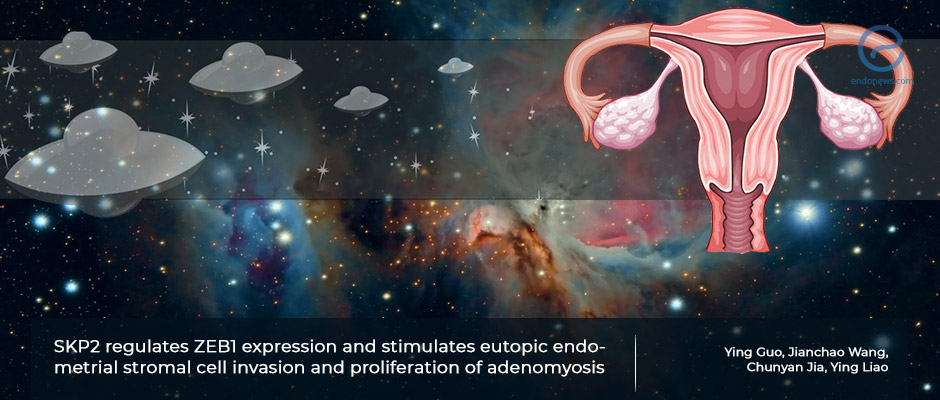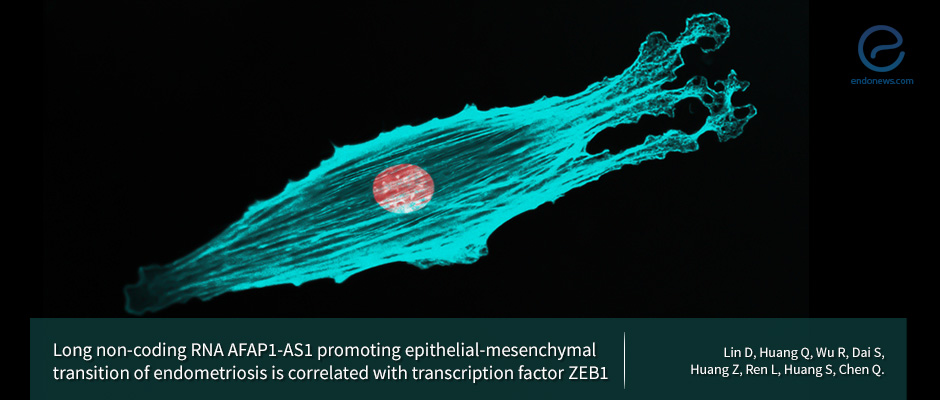Cancer invasion genes to explain invasiveness of adenomyosis
Adenomyosis looks similar to endometriosis, but it is not the same. However, the invasiveness and migration patterns of both diseases have something in common. The study conducted by Guo et al. questioned whether invasiveness genes that have already been studied…
Key Points Lay SummaryLong non‐coding RNA, Epithelial mesenchymal transition, and Endometriosis
Endometriosis is an estrogen‐dependent inflammatory gynecologic disease and requires attention. However, an in‐depth understanding of the latent pathogenesis of endometriosis development and its new innovative therapeutics are urgently needed. Epithelial‐mesenchymal transition (EMT) refers to the special biological process of epithelial…
Key Points Lay SummaryA potential indicator of invasive endometriosis.
Furuya & Masuda et al., in their recent article that will be published in Acta Obstet Gynecol Scand, report that the protein encoded by ZEB1 gene (Zinc finger E-box-Binding homeobox) is a potential indicator of invasive endometriosis. ZEB1 is a transcription factor that has been implicated…
Key Points Lay Summary
 By Bahar Yuksel
By Bahar Yuksel

 By Dr. Youngran Park
By Dr. Youngran Park

 By Asli Bahadirli Talbott
By Asli Bahadirli Talbott